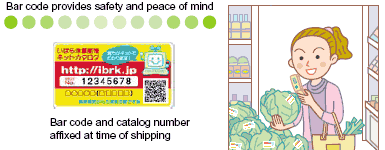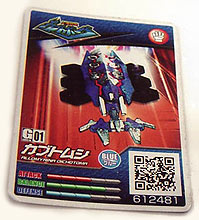NEC to Supply Platform and i-mode Mobile Handset for MTS Russia
NEC announced today that it has received orders of Mobile Internet Platform and mobile handsets for Mobile TeleSystems (MTS)’s i-mode(TM) service. MTS Russia’s largest mobile phone operator in Russia and CIS which is currently holding over 40 million subscribers and over 35% market share. i-mode operation in Russia is scheduled to start in September 2005, and further operation is scheduled in Ukraine, Uzbekistan and Belarus in the future. Expansion of high-level functionality for the mobile Internet services in Russia is moving forward, and advanced and rich services are becoming a reality in near future. “Russia is one of the important markets for NEC.” said Noboru Wakita, Senior General Manager of NEC’s Mobile Solutions Operations Unit.



 Giant beetles are big business and big fun in Japan. Toy maker Tomy is capitalizing on the current Japanese craze for all things beetle by introducing a mobile game and information site for their line of spring-wound
Giant beetles are big business and big fun in Japan. Toy maker Tomy is capitalizing on the current Japanese craze for all things beetle by introducing a mobile game and information site for their line of spring-wound 